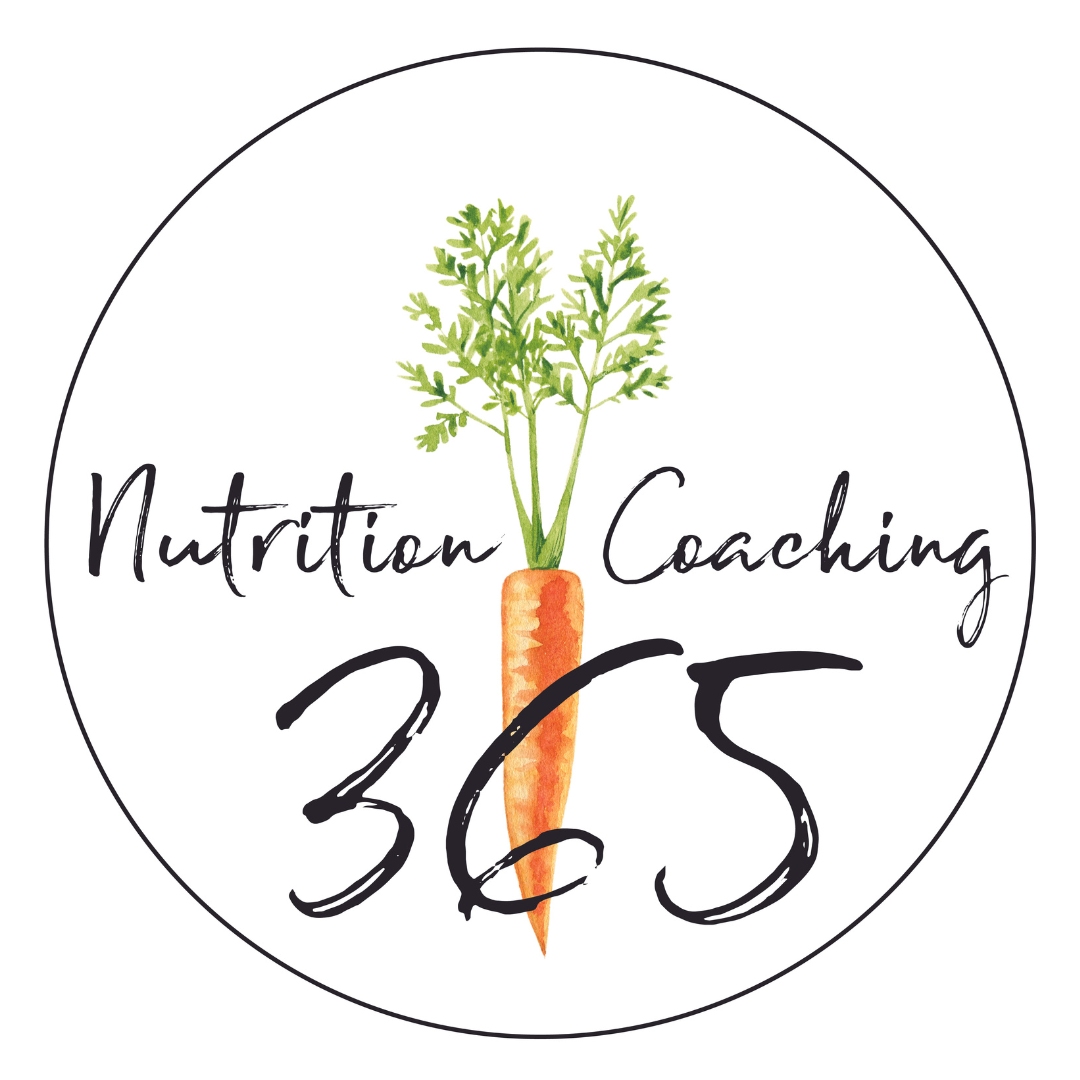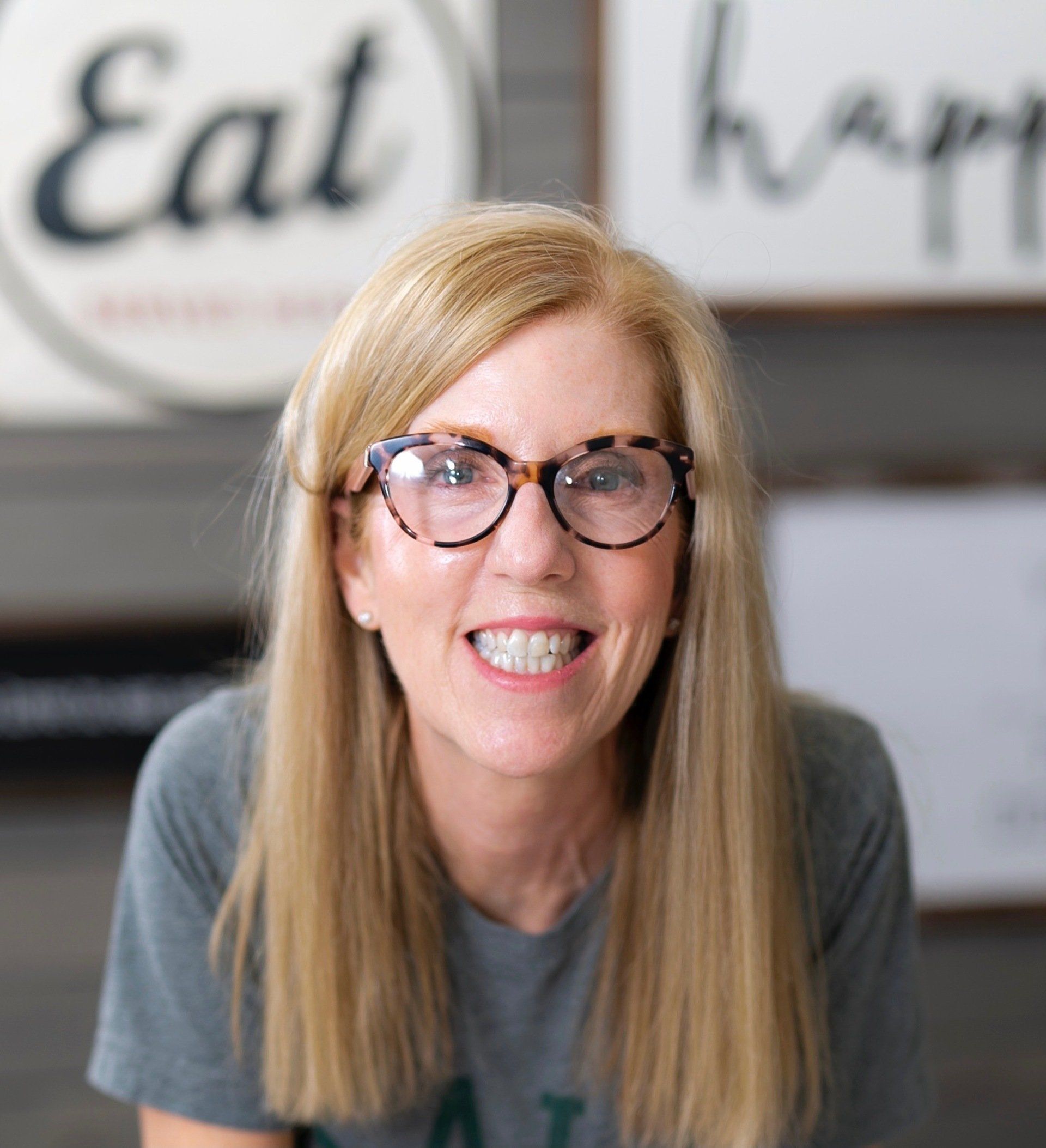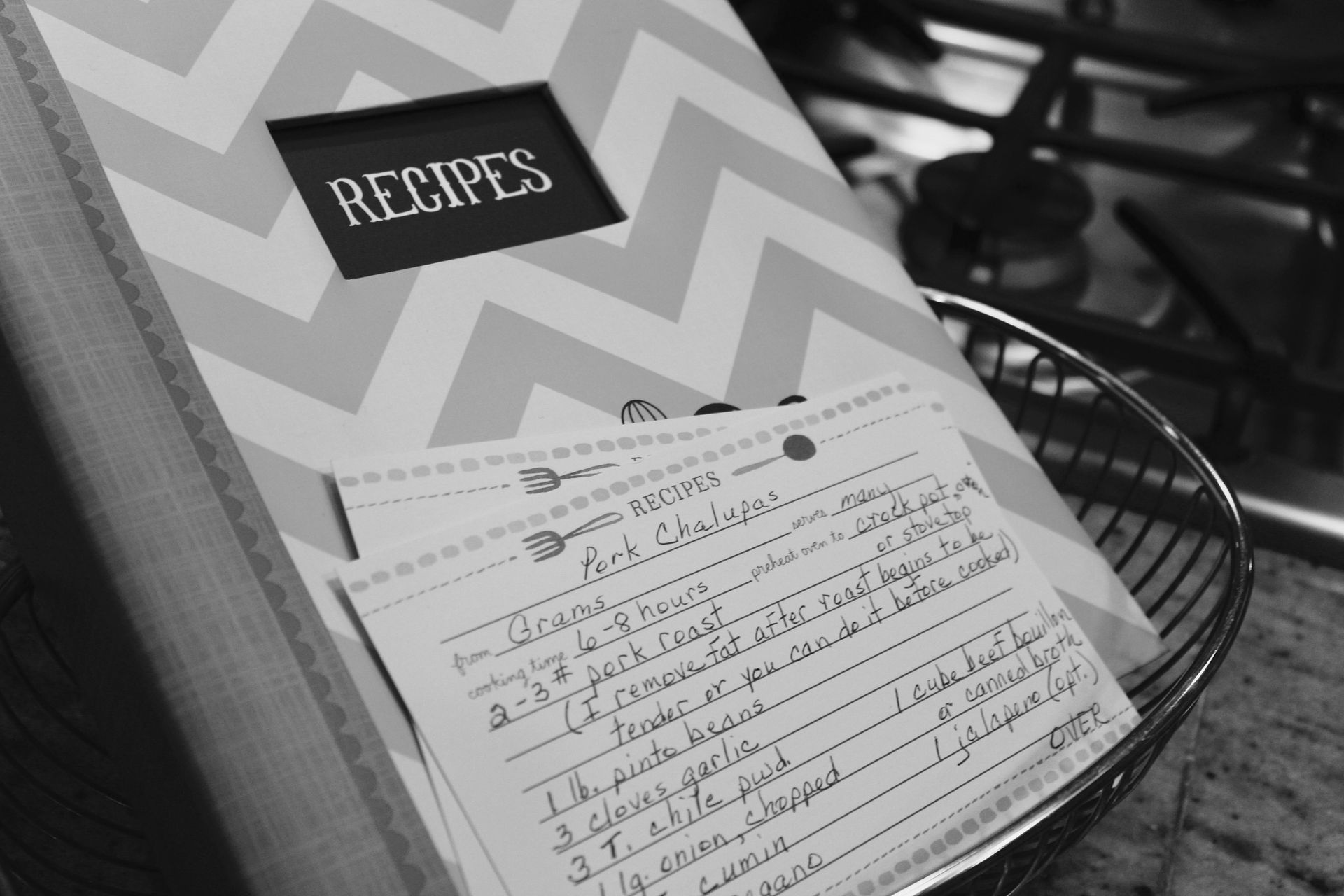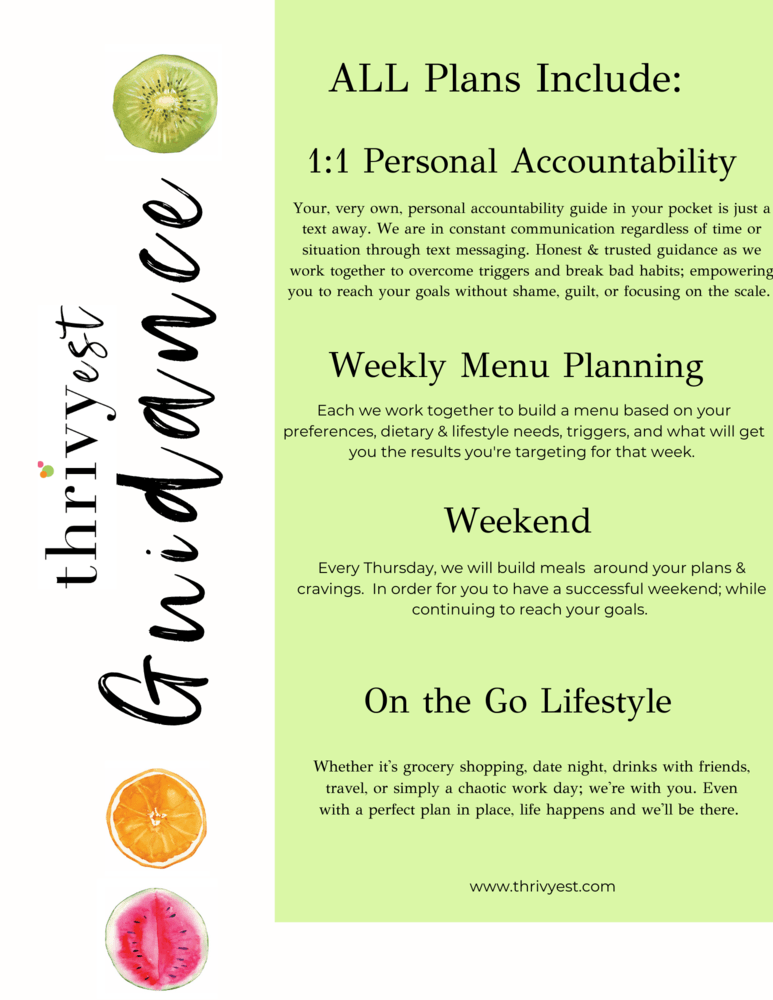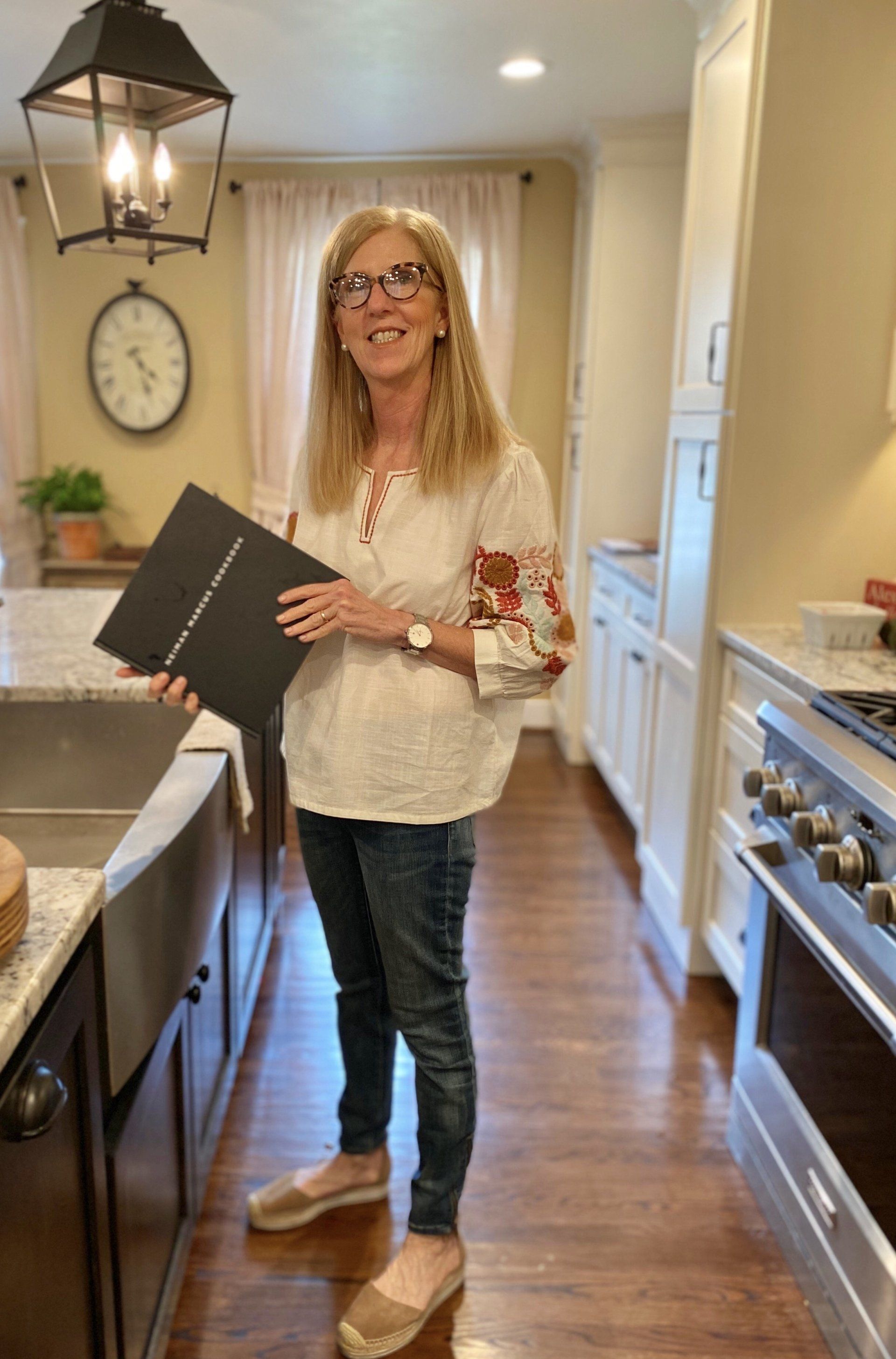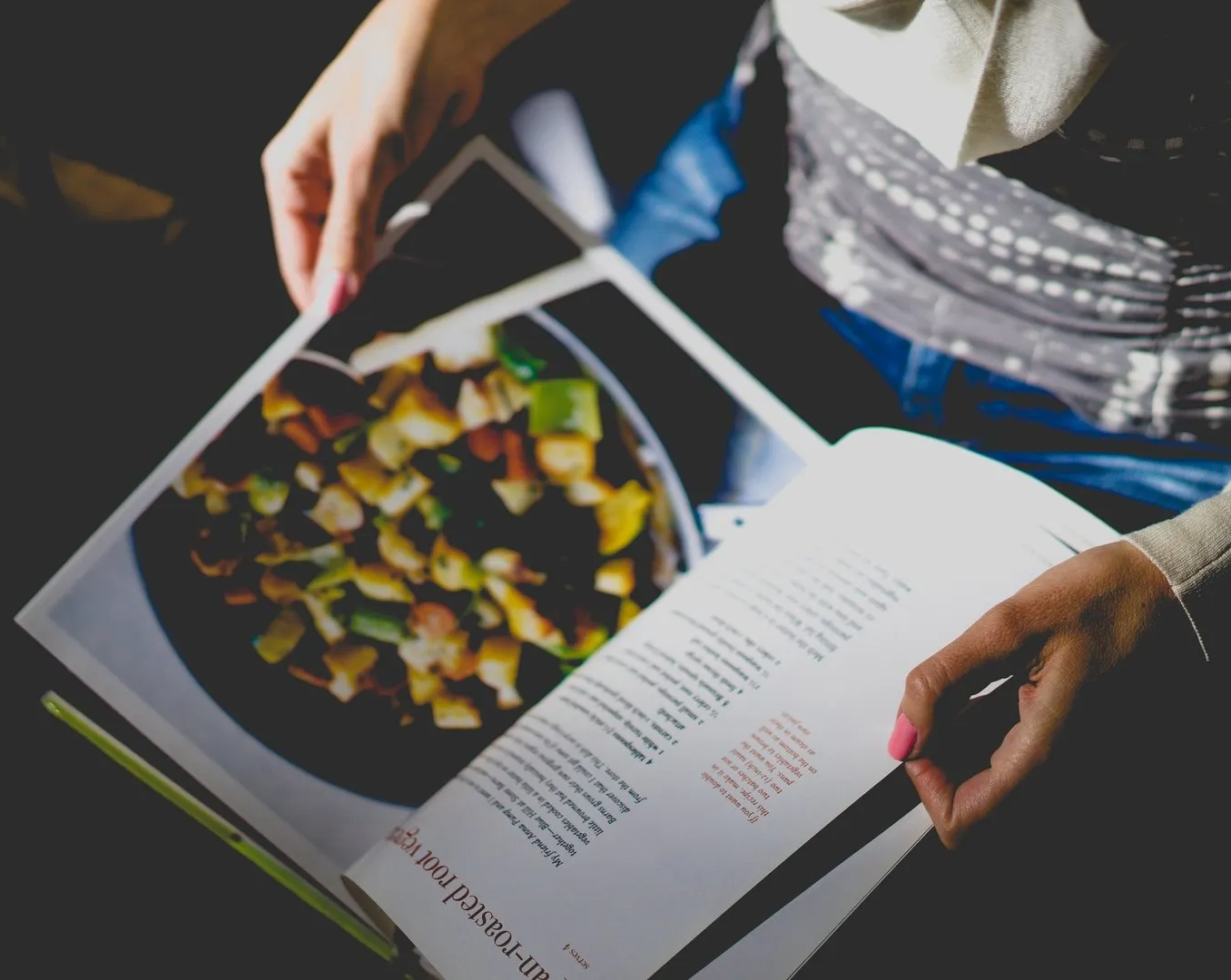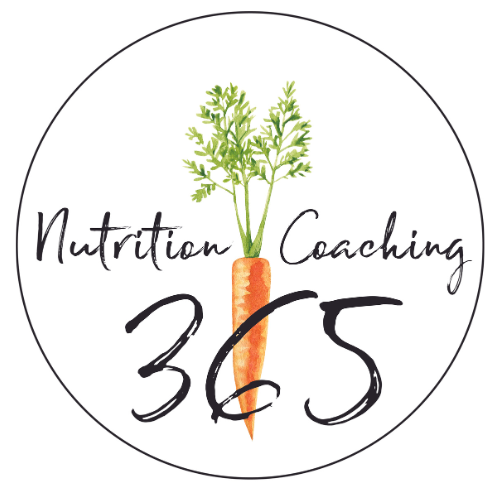Weekend Indulgences Without the Guilt: Mastering Mindful Eating and Portion Control
Girls’ Night Without the Guilt:
Mastering Weekend Indulgences Without Overeating
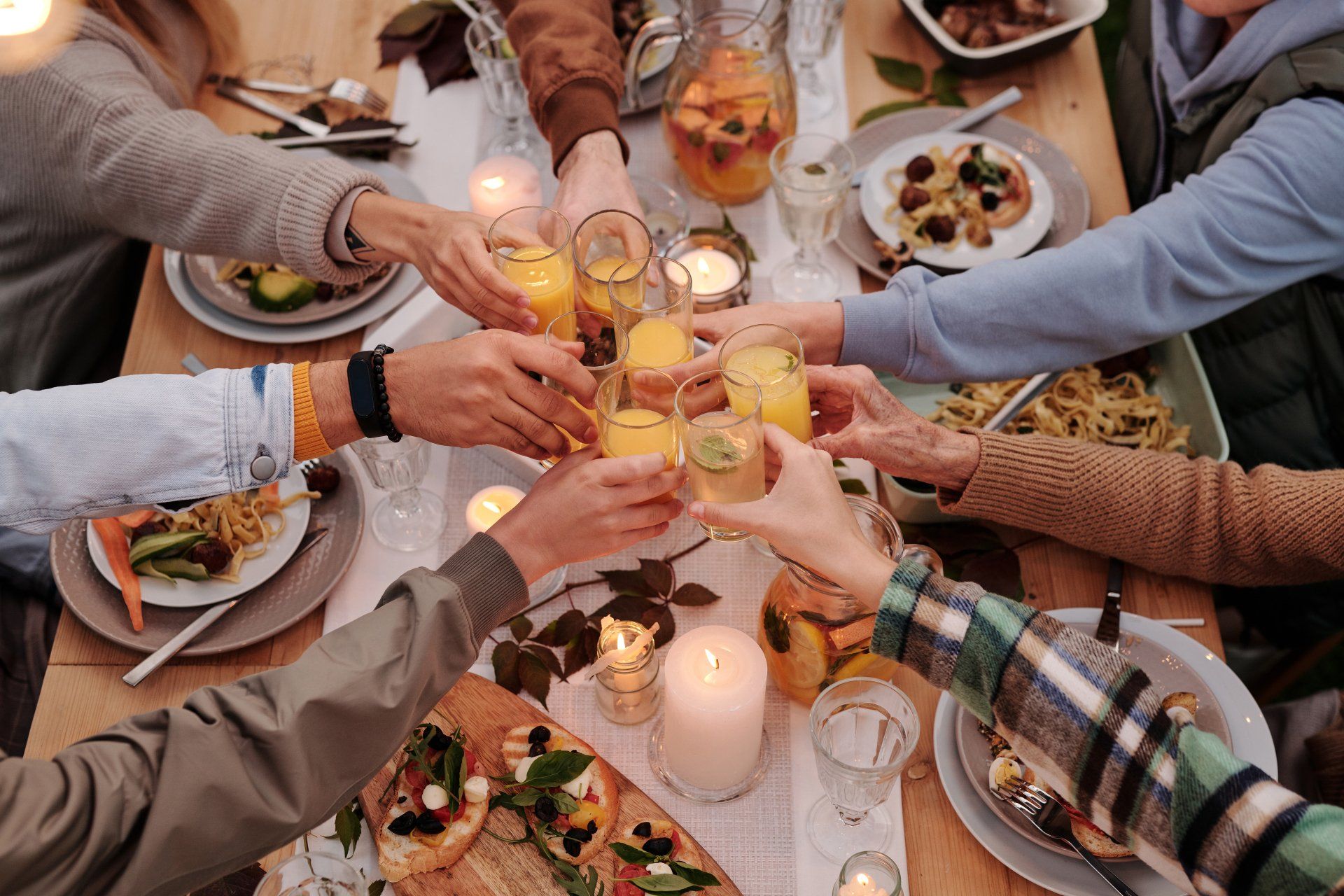
Wondering how to manage weekend indulgences without derailing your progress? Try these simple tips for mindful eating, portion control, and guilt-free fun!
Weekends bring the promise of freedom, friends, and the indulgences we tell ourselves we’ve earned after a long week. But it’s easy for those treats to turn into a cycle of weekend overeating. This all-or-nothing mentality can make our weekends feel like cheat days, leading to regret and the dreaded “Monday guilt.” Instead, let’s explore ways to manage weekend indulgences that help you stay on track without sacrificing enjoyment.
Here are six practical strategies to help you say “no” sometimes, making those “yes” moments even more meaningful. This approach will keep you connected to what really matters—enjoying people, experiences, and a lifestyle that lets you balance indulgences with progress.
1. Prioritize Your “Yes” Moments for Weekend Indulgences
When we say yes to every dessert, cocktail, and appetizer over the weekend, we’re left feeling unbalanced by Monday. Instead of saying yes to everything, choose specific indulgences that will make your weekend enjoyable and satisfying.
How It Works:
- Be Selective: Think about what indulgences will genuinely make your weekend feel special. Maybe it’s the dessert you’ve been craving or a cocktail with friends—prioritize these and skip the rest.
- Choose a Few Key Treats: Having one indulgent food or drink per event can satisfy cravings without causing overeating.
Real-Life Tip: A client realized her love for wine tastings, so she skips other treats during the week and enjoys a glass or two with friends on Saturdays. This intentional choice helps her enjoy weekends without feeling the urge to overindulge.
2. Practice Saying “No” to Avoid Weekend Overeating
Saying “no” at times is a powerful way to manage weekend indulgences without depriving yourself. It lets you stay mindful of what truly adds value to your weekend experience and helps you say “yes” more intentionally.
Here’s How to Make It Work:
- Plan Ahead: If you have a Saturday dinner with friends, consider skipping Friday treats or the bread basket. It’s about balance, not restriction.
- Use the “Half Plate” Rule: When indulging, balance your plate with nutrient-dense options rather than calorie dense options. Having lighter choices around your splurge makes it easier to stay on track.
Real-Life Tip: A client skips all appetizers at dinners with friends, focusing on her entrée and 1/2 of the dessert, which gives her the full experience without unintentional overeating.
3. Focus on Social Connections, Not Just the Food
The best memories often come from connecting with friends and family, not from the food. Shifting focus away from food-centered gatherings helps you enjoy events more deeply, with less temptation to overindulge.
Here’s How to Make It Work:
- Make Connection Your Priority: Engaging more in conversations and interactions can be more satisfying than just eating.
- Take Mindful Eating Pauses: During meals, pause between bites to enjoy the moment. It lets your body catch up with your appetite, helping with portion control.
Real-Life Tip: One client used to eat constantly at gatherings, worried about missing out. Now, she alternates bites with conversation, which helps her enjoy both the food and the moment.
4. Savor First and Last Bites to Curb Weekend Overeating
The first bite often delivers the most flavor, and the last bite is what we remember. Focusing on these bites allows you to enjoy the best parts without eating everything on your plate.
How It Works:
- Relish the First Bite: The first few bites are where we get the most enjoyment. Focus on these to make your experience richer.
- End with Intention: Slow down for the last bite, savoring the taste. It leaves you feeling satisfied without overindulging.
Client Story: A client used to finish every slice of cheesecake, but now she takes a few slow, intentional bites and finds it’s just as satisfying without the overindulgence.
5. Create a Balanced Plate for Mindful Weekend Indulgences
Balance doesn’t mean restriction. Enjoy your favorite weekend treats by pairing them with lighter foods, creating a plate that lets you feel satisfied and energized without excess.
How to Make It Work:
- Use the “Half Plate” Rule: Fill half of your plate with lighter items like salad or veggies alongside indulgent foods.
- Quality over Quantity: Focus on high-quality treats you genuinely enjoy instead of sampling everything. It helps you feel satisfied without the overeating that often leads to Monday guilt.
Real-Life Example: A client loves cheese boards but noticed they filled her up quickly. Now, she chooses her top favorites and pairs them with fresh veggies, making her indulgence lighter and more enjoyable.
6. Plan a Simple Monday “Reset” to Support Your Goals
Creating a reset ritual for Monday helps you smoothly return to your weekday routine. It’s a gentle shift back to habits that keep you feeling balanced and energized.
Easy Reset Ideas:
- Start with a Hydrating Breakfast: A smoothie or a light breakfast like overnight protein oats is a refreshing way to begin the week.
- Stay Hydrated: Many weekend indulgences are high in salt or sugar. Keep water on hand to help flush out and rehydrate.
- Light Movement: A walk or gentle yoga session is an easy way to reset and energize.
Real-Life Tip: A friend of mine does a “spa night” every Monday, complete with a light stretch and face mask. This helps her reset after the weekend and refocus on her wellness goals.
Key Takeaway:
Use “No” Strategically for Mindful Indulgence and Balance
The key to enjoying weekends without sabotaging your progress is learning to say “no” so that each “yes” becomes more meaningful. Embracing this mindful eating approach lets you truly savor indulgences while avoiding the cycle of weekend overeating. Remember, the best memories come from connecting with the people around us—not just from what’s on the plate.
With these mindful strategies, you can enter each weekend with the freedom to say yes or no as it suits you, making choices that leave you satisfied and guilt-free. Balance isn’t just about diet—it’s a lifestyle that lets you enjoy the moments that matter, one intentional choice at a time.
YOU ARE CAPABLE OF LIVING YOUR HEALTHIEST & HAPPIEST LIFE.
If you’re looking to create healthy habits to gain more energy, improve your sleep + shed a few pounds, you’ve landed in the right place.
Recent Posts
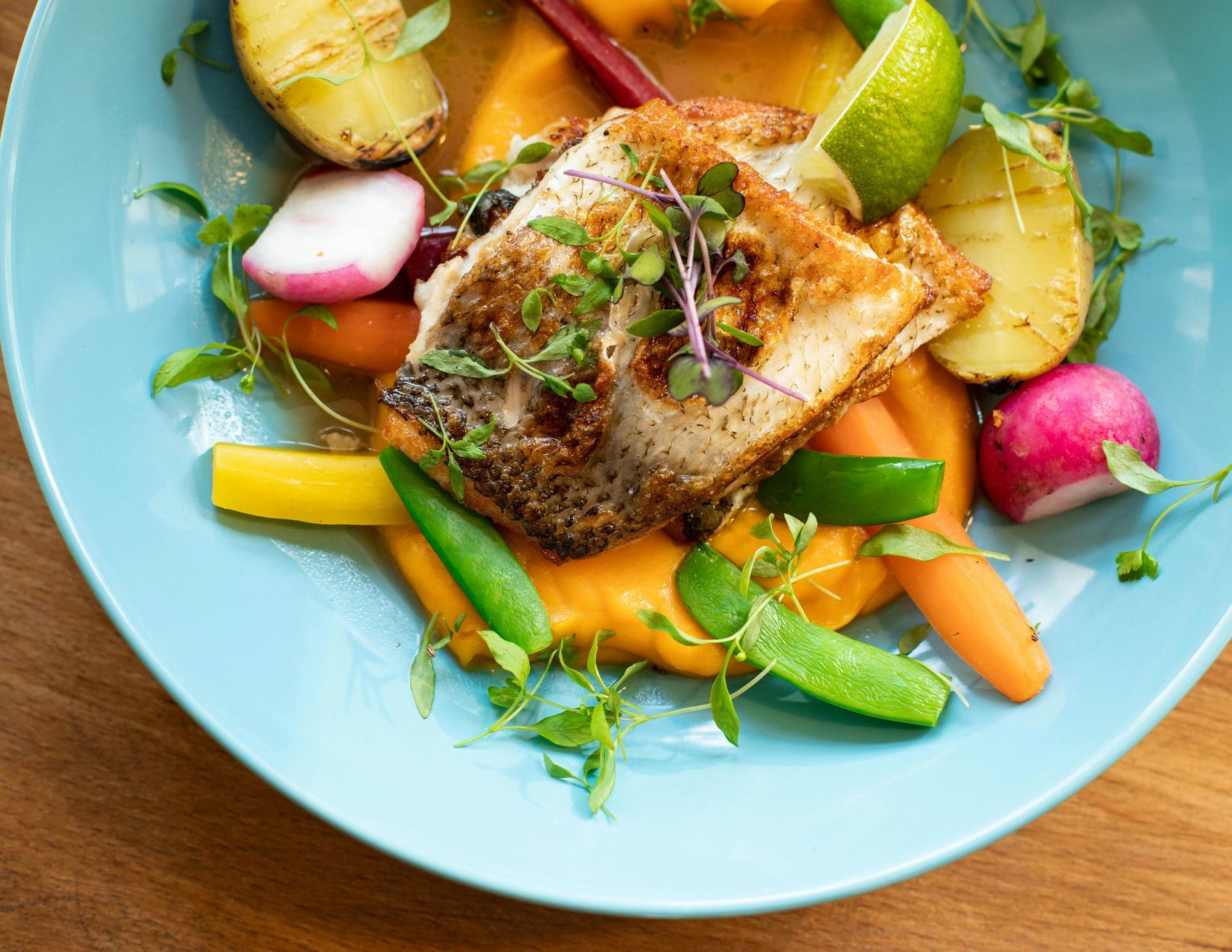
Meet Emily
I love encouraging + inspiring others to reach their healthiest lives through food, fitness + gratitude. As a holistic nutritionist + the founder of Thrivyest, I am passionate about creating habits to help you to live longer + thrive. To thrive in body, mind + soul through personalized, simple + practical steps ensuring you gain more energy, clarity + confidence! Let's connect!
